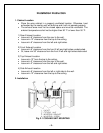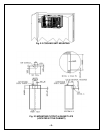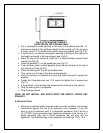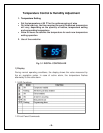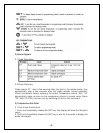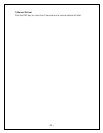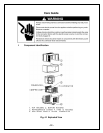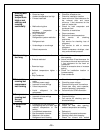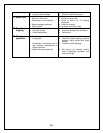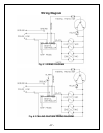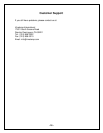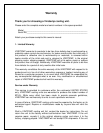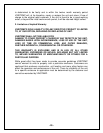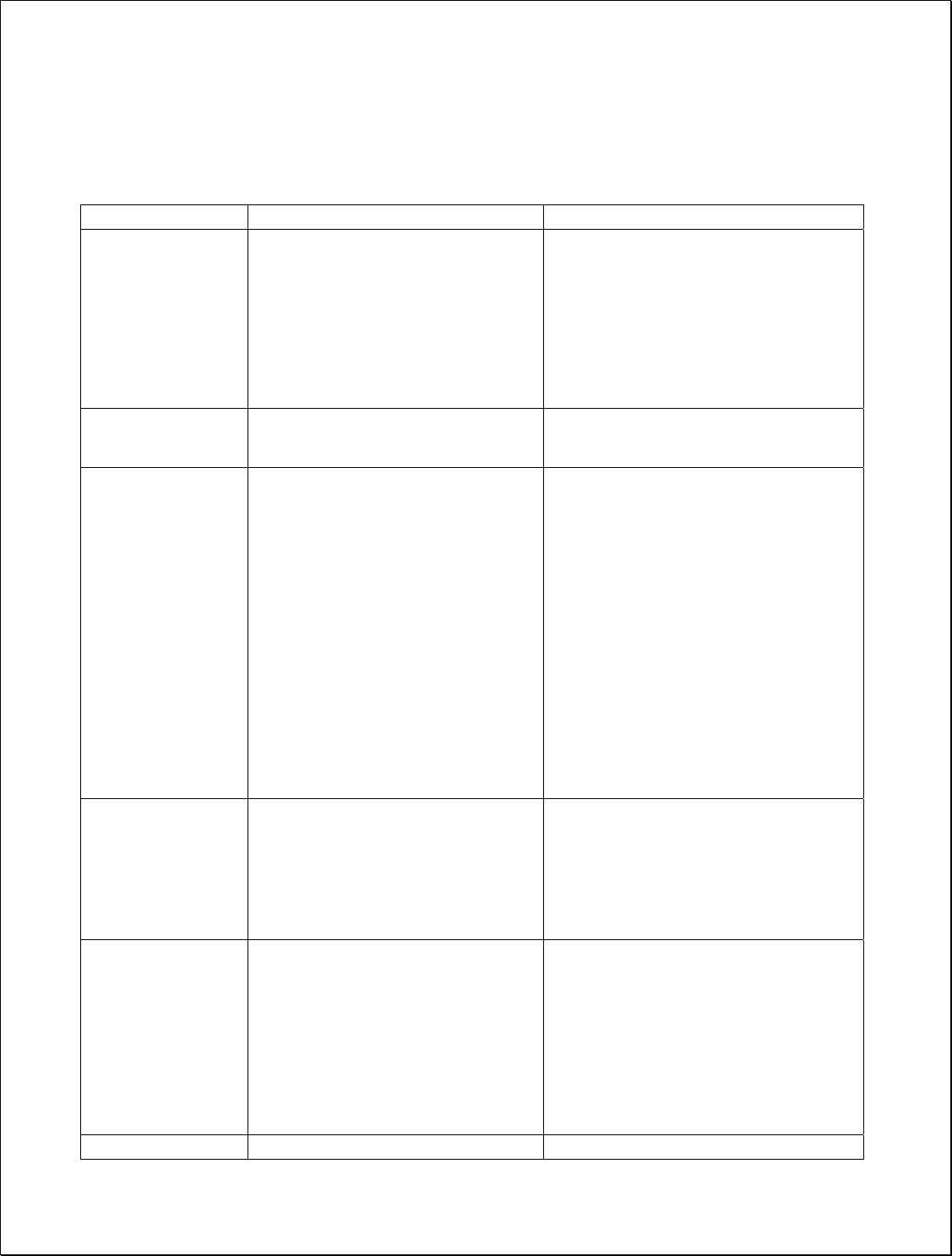
- 14 -
Troubleshooting
This Troubleshooting Chart is not prepared to replace the training required for a
professional refrigeration service person, not is it comprehensive
Troubleshooting Chart
Complaint Possible Causes Response
1.Unit not
running
a. Power cord unplugged
b. No power to unit
c. Setting higher than ambient
temperature
d. Differential too high
e. Incorrect or loose wirings
f. Low voltage
g. Defrost light blinking
h. Compressor light blinking
a. Check for power cord plug
b. Check power at receptacle & fuses
c. Lower temperature setting
d. Decrease the value as to 4
°F
e. Check all wirings and connections
f. Contact an authorized electrician
g. Unit is under defrost mode
h. Unit waits for anti-short cycle delay
2.Fan running
continually
a. Post-compressor fan running
mode for humidity modulation
a. See 4) to set FON = 0
3.Temperature
fluctuating
a. Air sensor a. When using an air sensor, the wine
bottle temperature is mainly
controlled by the average air
temperature. If the set-point is 55
°F
with the differential 4F, the cooling
unit turns on at 59
°F of air
temperature and turns off at 55
°F of
air temperature. The average air
temperature is 57
°F, and then the
wine temperature is around 57+/-
0.5
°F. The air is light enough to
change so quickly that it maintains
relatively constant average
temperature that would prevent wine
bottle temperature from varying.
4.Temperature
high, unit
stopping and
starting but
short
running time
a. Displaying 55°F, air sensor
contacting the evaporator or in
the supply air
b. Setting too high
a. Move the air sensor away from the
evaporator and supply air
b. Lower setting
5. Temperature
high,
compressor
stopping and
starting but
short
running time
a. Incorrect voltage
b. Failed thermistor
c. Failed components
d. Improper condenser airflow
e. Dirty condenser
f. Overcharge of refrigerant
g. Discharge or suction pressure
too high
a. Check for voltage
b. Check thermistor by placing it in ice
water and measuring resistance
c. Check compressor windings, start
relay and overload protector.
d. Check for condenser fan
e. Clean condenser
f. Call service for removing refrigerant
g. Call service for OEM information
6. “HA” alarm
a. Improper room insulation & seal a. Check for insulation, gasket and



